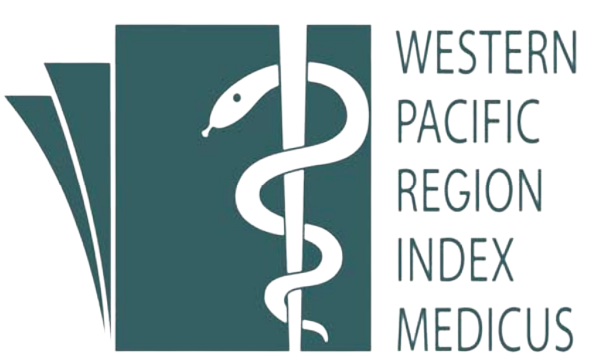Tóm tắt
Introduction: Enterococcus faecalis and E. faecium are prevalent pathogens in community and healthcare settings, often resistant to multiple antibiotics. This study aimed to assess the prevalence of virulence factors, drug resistance, and genetic determinants in clinical isolates in central Vietnam.
Materials & Methods: 72 Enterococcus spp. isolates from patients at Hue Central Hospital and Hue University of Medicine and Pharmacy Hospital were analyzed. Bacteria identification was implemented by biochemical tests and PCR technique, and the antibiotic susceptibility testing was determined by using disk diffusion method.
Results: Antibiotic resistance rates were as follows: erythromycin (50.8%), ciprofloxacin (50%), penicillin (42%), high-level gentamicin (34.7%), ampicillin (30.6%), tetracycline (28.5%), vancomycin (11.1%), and nitrofurantoin (7.1%). Fosfomycin showed 100% sensitivity. Multi-drug resistance was observed in 27.8% of Enterococcus faecalis/E. faecium isolates, with asa1 gene prevalence at 80.6% in E. faecalis and gelE at 74.2%, with hyl gene at 6.4%. 64.3% of E. faecalis strains carried both asa1 and gelE genes, primarily in pus and urine samples, notably high in MDR E. faecalis strains.
Conclusion: This study highlights the prevalence of antibiotic resistance and virulence genes in clinical Enterococcus spp. strains, emphasizing the need for infection control and treatment strategies
| Đã xuất bản | 25-12-2024 | |
| Toàn văn |
|
|
| Ngôn ngữ |
|
|
| Số tạp chí | Tập 14 Số 6 (2024) | |
| Phân mục | Nghiên cứu | |
| DOI | 10.34071/jmp.2024.6.12 | |
| Từ khóa | Enterococcus faecalis, Enterococcus faecium, virulence genes, antibiotics resistance |

công trình này được cấp phép theo Creative Commons Attribution-phi thương mại-NoDerivatives 4.0 License International .
Bản quyền (c) 2024 Tạp chí Y Dược Huế






